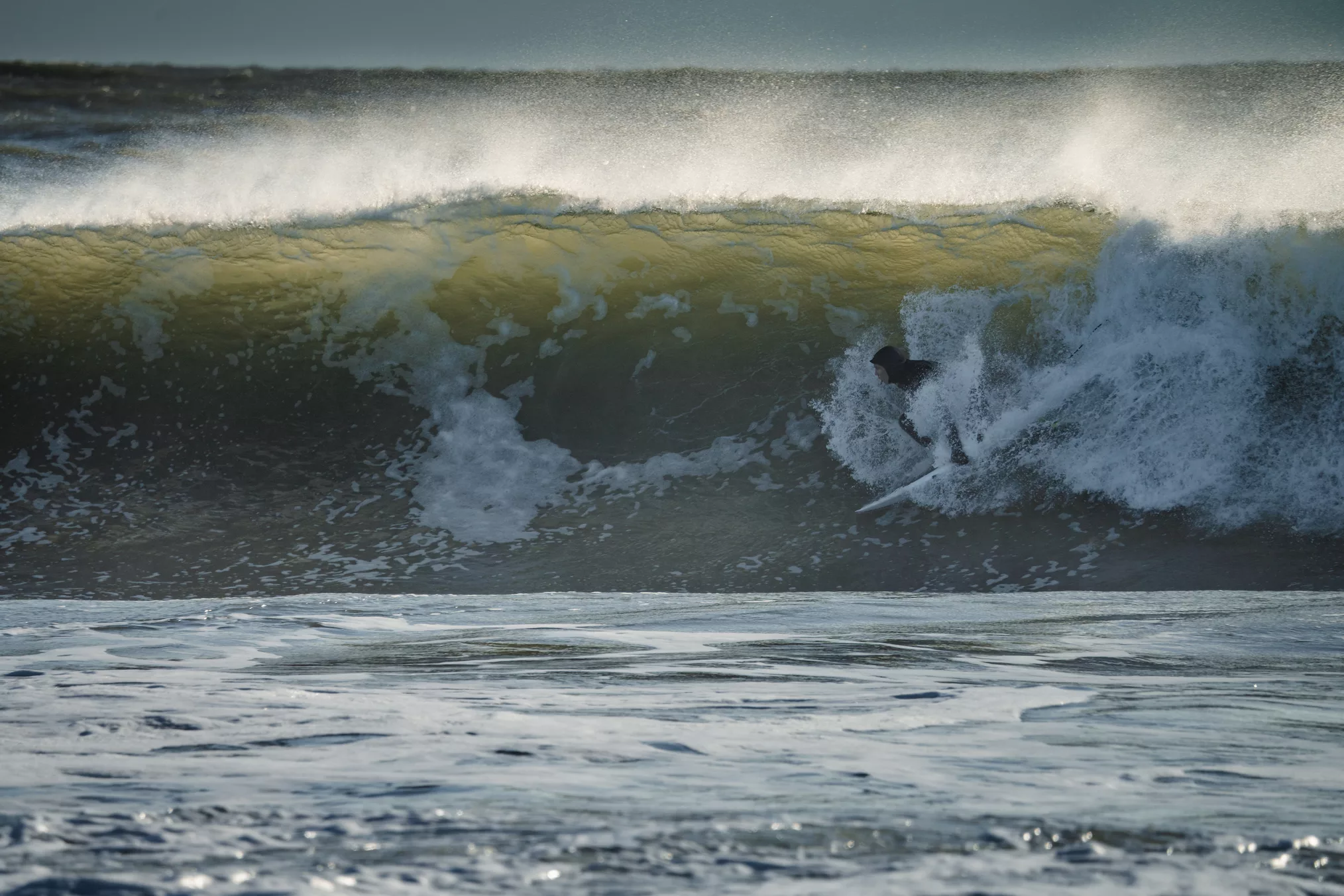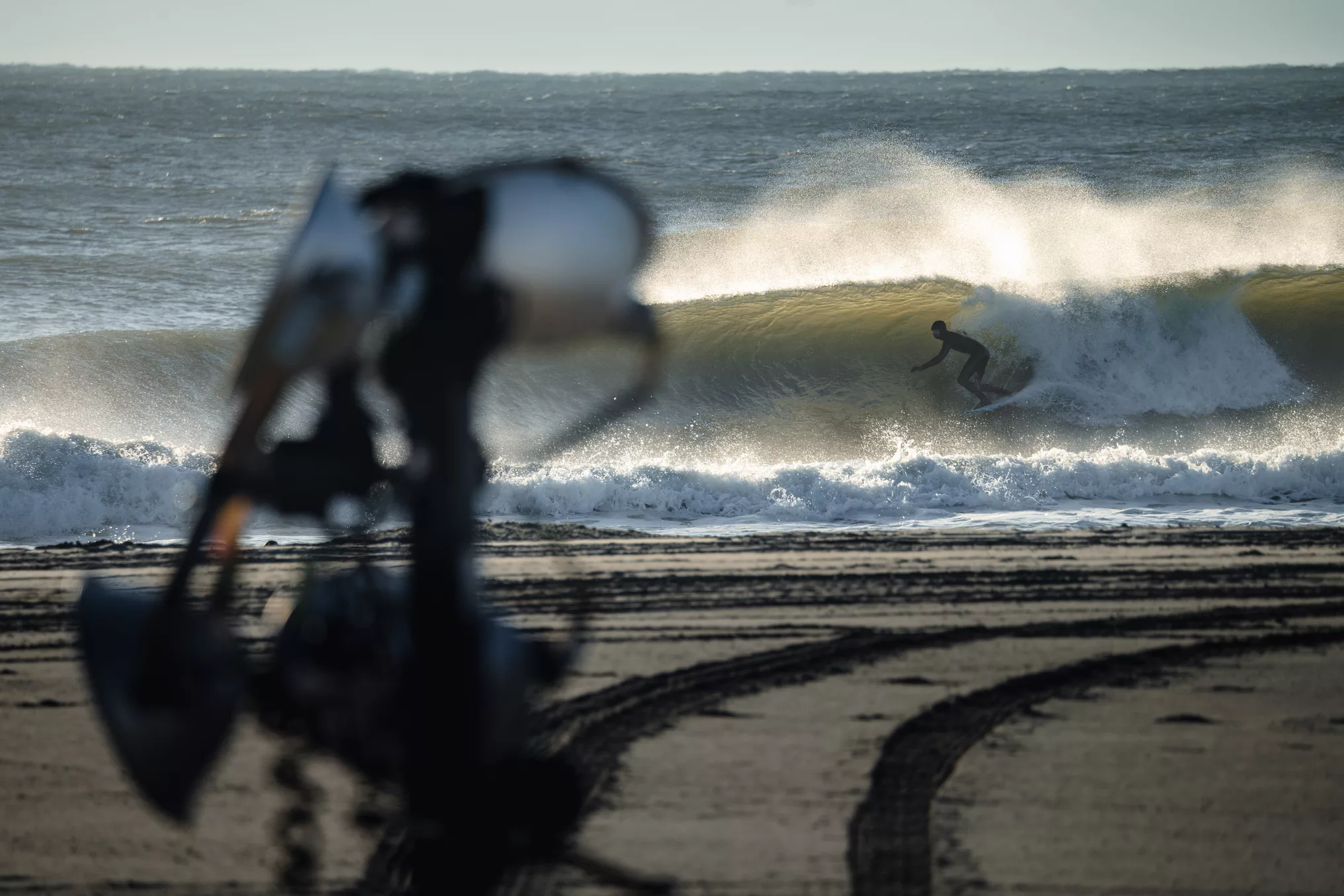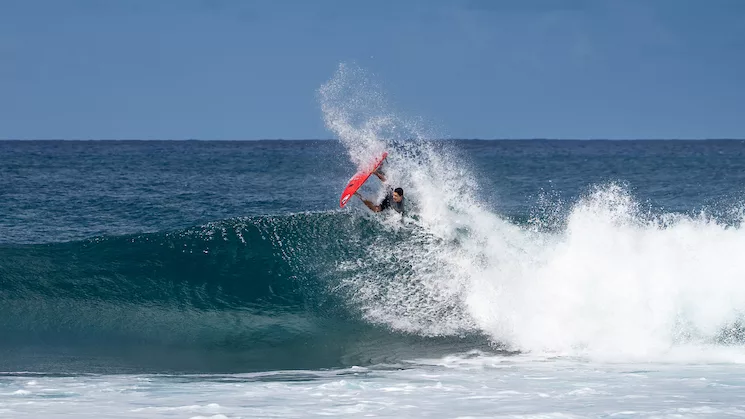Prepare for an adrenaline rush as we dive into the electrifying world of in-water surf photography. Discover how to harness state-of-the-art waterproof gear, optimize your positioning, and apply advanced post-processing to capture heart-pounding images from inside the barrel.
As surfers rocket across waves, carving liquid walls into perfect tubes, the chance to photograph the action from inside the barrel offers an unparalleled thrill. In-water surf photography provides unmatched perspectives, allowing you to spotlight the athleticism, emotion, and beauty of the wave riding experience.
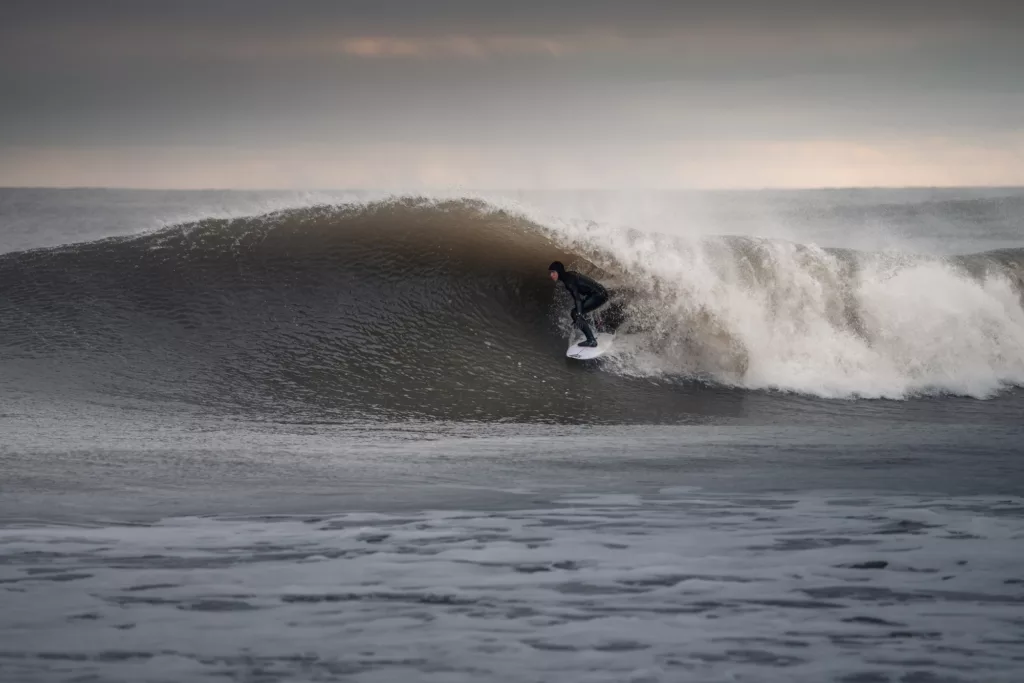
This guide shares pro tips for gear, safety, technique, and editing to help you unleash the full potential of in-water surf photography. Grab your waterproof camera housing and let’s paddle out!
Essential Surf Photography Gear
Specialized equipment enables you to immerse yourself in the ocean and capture close-up views of the surfing action.
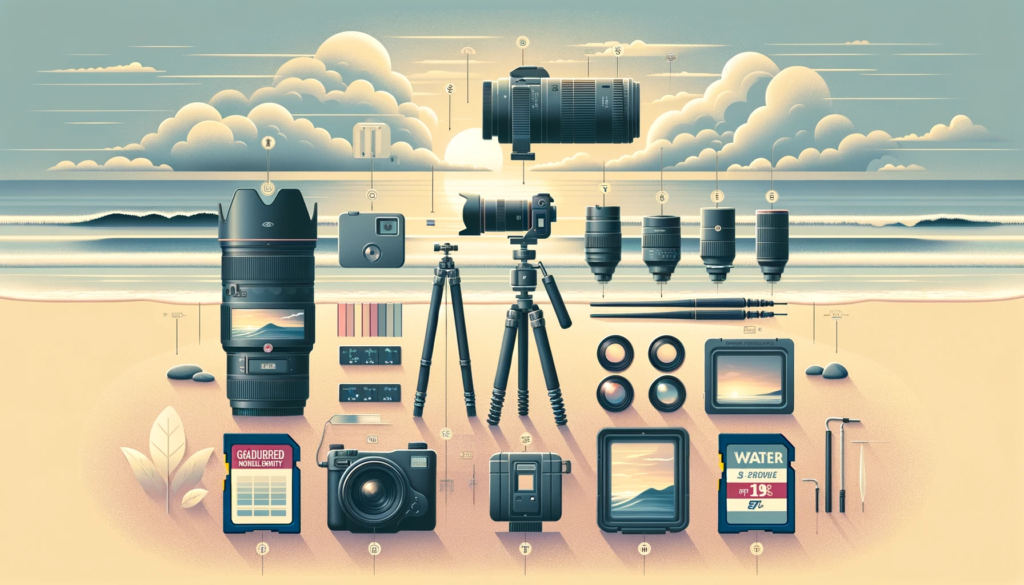
Waterproof Camera Housing
A high-end waterproof housing provides necessary protection for your DSLR camera, allowing you to shoot freely from the water’s edge or underwater. Popular surf housing options include:
- Nauticam NA-D850 for Nikon D850
- Ikelite Housing for Canon 5D Mk IV
- Aquatica A5D Mk IV for Canon 5D Mk IV
Ensure full access
to camera controls for adjusting aperture, shutter speed, and ISO on the fly.
Wide-Angle Lens
A wide-angle lens ranging from 14-24mm captures a broad perspective, allowing you to get right in the barrel beside surfers. This creates a dynamic, immersive view of the wave’s endless tunnel and watery walls.
Maneuverability Accessories
Fins and a bodyboard provide mobility when shooting from the water. Fins help you hold position against currents and tread water easily for extended periods. The bodyboard offers stability for smooth navigation and quick reactions.
Master Insider Shooting Techniques
Hone your technical skills and intuition to capture awesome in-the-barrel perspectives.
Anticipate the Peak Action
Success begins with understanding wave dynamics and a surfer’s likely paths along the face or through the barrel.
Study how the waves are breaking and moving. Then intuitively visualize the optimal spots to position yourself to capture that dramatic lip smack or the cascading curtain of the tube enshrouding the rider.
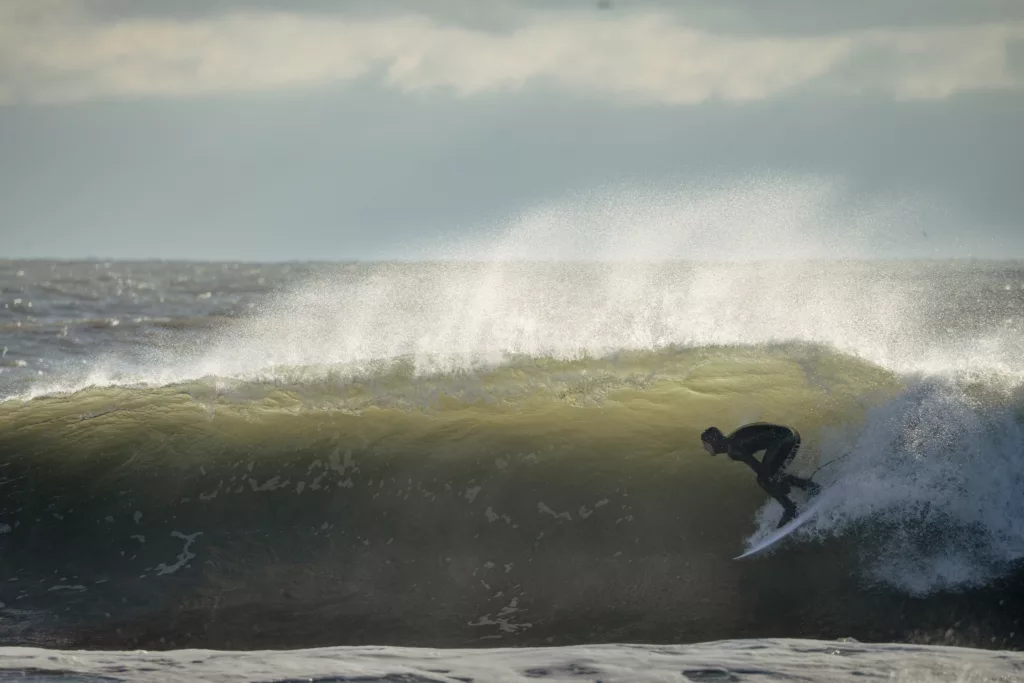
Use a Fast Shutter Speed
To freeze the fast motions of surfers while shooting from the unstable environment of the churning ocean, lightning-fast shutter speeds are a must.
Set your camera to shutter priority mode and select speeds of 1/1000 second or higher for tack-sharp shots that capture water droplets suspended mid-air.
Rattle Off Sequences with Burst Mode
The inherent unpredictability of waves makes timing difficult. Use burst mode to rapid-fire sequences of images, increasing your odds of nailing that shot at the peak of action.
As surfers launch airs above you or speed through aquatic tunnels of refraction, machine gunning photos allows you to hone in on the most epic moments.
Play It Safe – Understanding the Ocean’s Power
Before you paddle out, take essential safety precautions to ensure an enjoyable photography session.
Recognizing and Avoiding Rip Currents
Rip currents are channels of fast-moving water flowing away from shore that can rapidly pull you into deep water. Learn to spot rip currents and swim parallel to shore to escape them. Only surf and shoot photos at beaches with lifeguards.
Studying Conditions for Informed Decisions
Check tide schedules, weather forecasts, and swell predictions daily and match your skills with the conditions. Be prepared to adapt as conditions evolve. Only venture out in smaller surf until fully comfortable addressing bigger waves and stronger currents.
Respect the Environment
Practice responsible photography – don’t disturb marine ecosystems, harass wildlife, or interfere with other water users. Tread lightly, dispose of waste properly, and recognize surfing’s privilege to experience nature intimately.
Post-Processing for Powerful Imagery
Tap into editing tools to enhance your raw shots into captivating finished images.
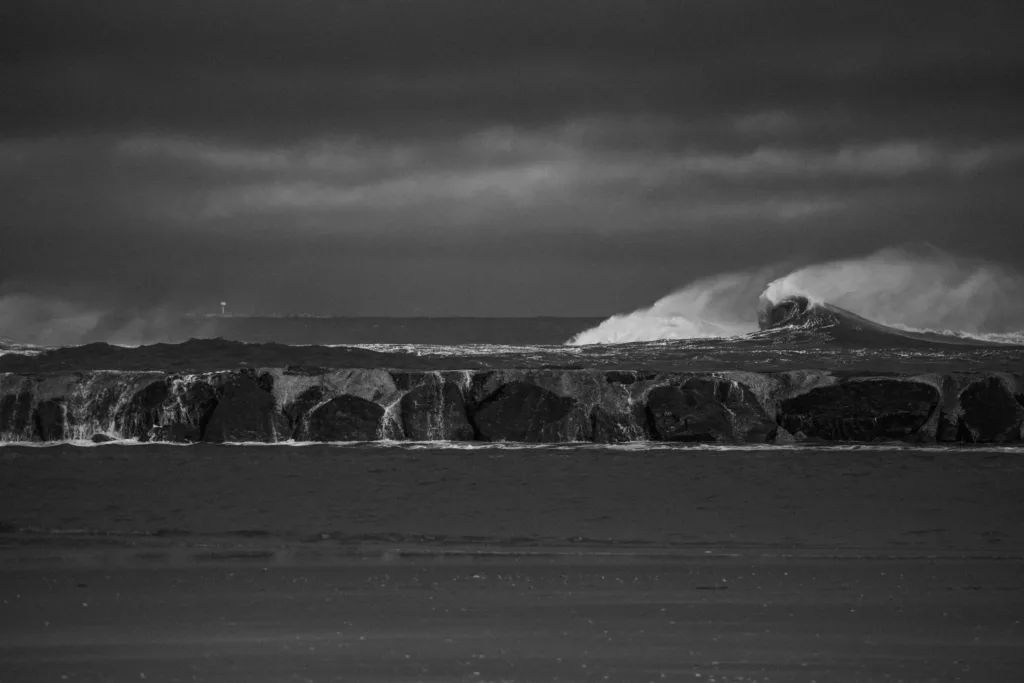
Refine Basic Adjustments
Nail down foundations first – straighten, crop, fix colors, balance exposure, reduce noise, and sharpen details to create polished base images.
Boost Impact with Advanced Techniques
Take it further by:
- Dodging and burning to direct focus
- Applying gradient filters to darken edges
- Creating HDR merges to expand dynamic range
- Optimizing white balance for natural underwater hues
Recommended Editing Software
- Adobe Lightroom for efficient batch editing
- Adobe Photoshop for advanced manipulation
- Luminar AI for automated enhancements
Style for Dramatic Effects
Add grain, vignettes, and other filters for extra flair. Convert to black and white or sepia for vintage moods.
Dive Into In-Water Surf Photography
Now that you’re equipped with state-of-the-art gear and techniques for capturing the action, it’s time to get out there and create your own iconic surf images!
Start in calmer conditions to build confidence and experience. As your skills progress, inch further into the impact zone to capture those rare in-the-tube perspectives that showcase the explosive power of waves.
Stay safe, study conditions, respect the ocean, and get intimate with surfers’ athletic journeys along liquid walls. Immerse viewers in the salty spray, transparent tunnels, and adrenaline rush of riding waves from the inside out.
The thrill of in-water surf photography rewards persistence, creativity, and a spirit of adventure. We can’t wait to see the unique perspectives you capture from the heart of the surf!
For more tips, check out our Beginner’s Guide to Surf Photography and join our online surf photography community.
